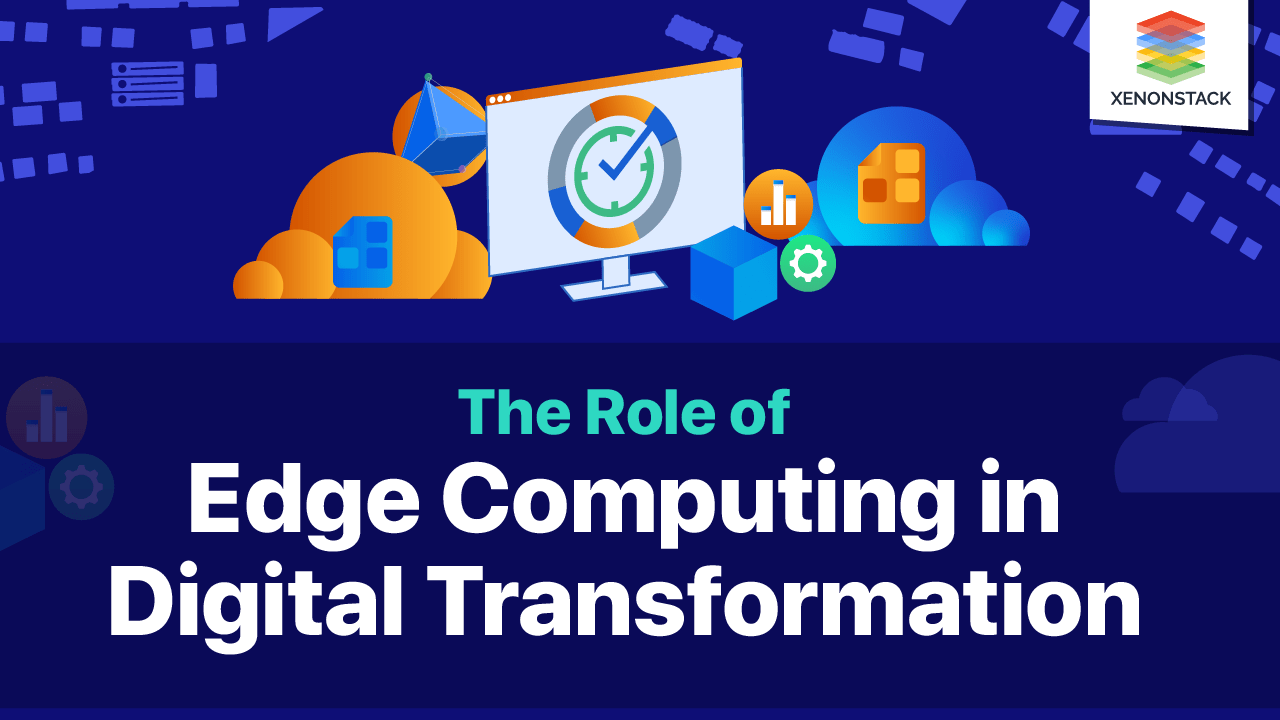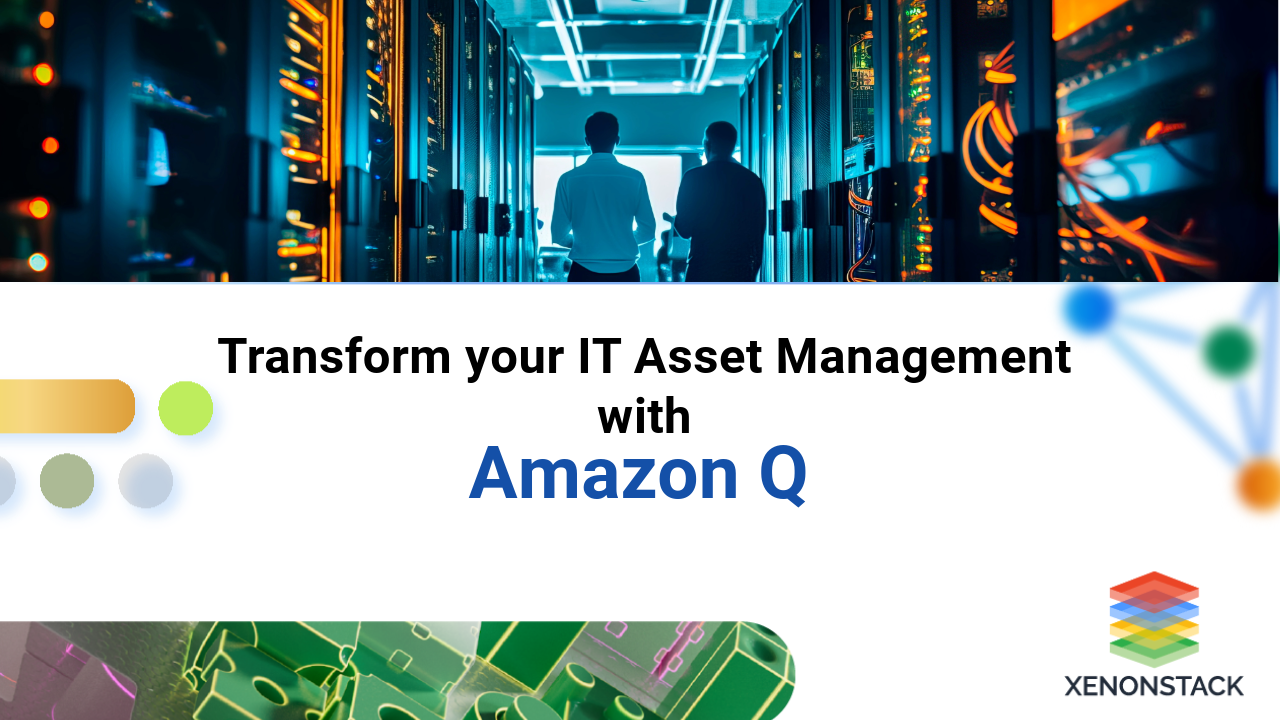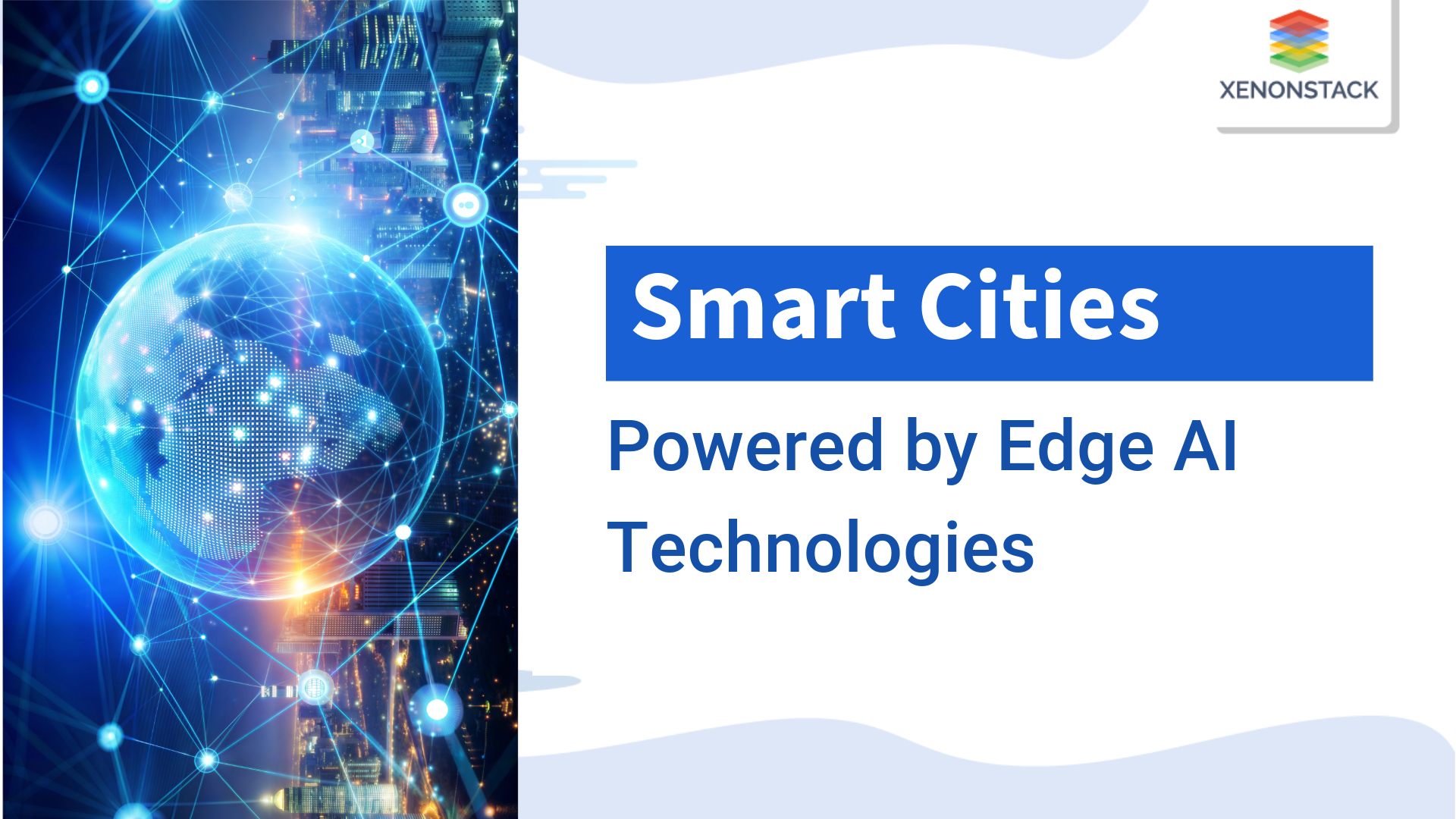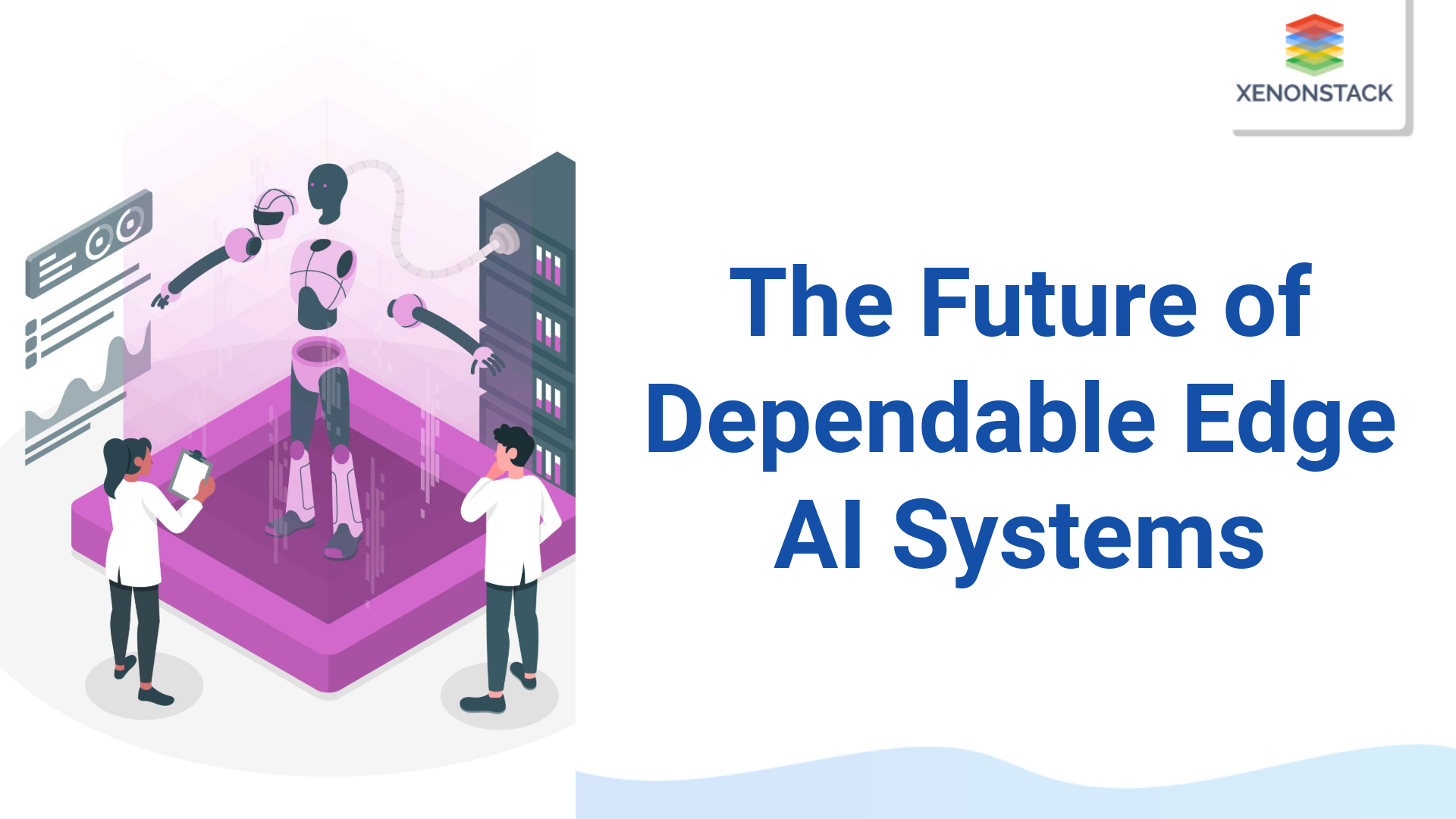
Introduction to Edge Computing
Edge computing is a broad term that usually connotes using computers and servers behind the firewall or in other remote locations. However, it also refers to technologies that help enterprises drive digital transformation by automating routine processes and handling new workloads more efficiently. Enterprises need to adopt an agile approach when it comes to digital transformation, as well as hybrid cloud strategies. They should not only be ready to make fast and frequent changes, but they should also be able to react rapidly and deliver results quickly. In this blog post, we look at the role it plays in digital transformation and explore four critical use cases for this technology.
What is Edge Computing?
It is a concept that describes how computing technology can be embedded in the edge of an organization's infrastructure. It allows computing resources to be more agile and efficient and can provide more flexibility for organizations to meet their digital transformation goals. It can vary from being strictly about the location of the edge devices to being about the process of transformation. In either case, it is about connecting digital transformation with the physical place where transformation occurs.
Benefits of Edge Computing
One of the most significant benefits of it is that it reduces latency. Latency refers to the time it takes for data to travel from a device to a centralized location, be processed, and then returned to the device. In traditional computing, this process can take several seconds, which can be a problem for industries that require real-time data processing. With it data is processed at the edge of the network, which reduces the distance that data needs to travel and therefore reduces latency. This is particularly important for manufacturing, transportation, and healthcare industries, which require real-time data processing.
Another benefit of it is that it improves security. When data is sent to a centralized location for processing, it is at a higher risk of being intercepted or stolen. On the other hand, it processes data at the network's edge, reducing the data amount that needs to be sent to a centralized location and reducing the risk of data breaches. This is particularly important for industries such as finance, healthcare, and government, which handle sensitive data.
How can Edge Computing drive Digital Transformation?
For enterprises that want to adopt a hybrid cloud strategy, edge devices can be essential in driving digital transformation. They can access the public cloud and connect to the internal data lake for increased collaboration and business insight. Edge devices can also be connected to the edge of the internet, allowing them to access content beyond the firewall. These edge devices can be either built-in or added to an IT infrastructure. The main advantage of it is that it allows for more agility and efficiency because it is closer to the business end users. It also allows for greater flexibility, as organizations can decide which technologies they want to use, where to deploy them, and how to operate them.
Role of Edge Computing in Transforming Various Industries
It is also being used to improve various industries.
Manufacturing Industry
Edge computing is being used to improve predictive maintenance. Predictive maintenance is a process that uses data from machines to predict when they will need maintenance, which reduces downtime and improves efficiency. With it, data from machines can be processed at the network's edge, reducing latency and allowing for real-time predictions. This can help manufacturers reduce downtime and improve efficiency.
Transportation Industry
It is being used to improve traffic management. It allows for real-time data processing from traffic cameras and sensors, which can be used to predict traffic patterns and adjust traffic lights and other infrastructure. This helps to reduce traffic congestion and improve safety.
Healthcare Industry
It is being used to improve patient care. It allows for real-time data processing from medical devices, such as heart and blood pressure monitors. This can help doctors make better-informed decisions and improve patient care.
Retail Industry
Edge computing allows for real-time processing from store sensors and cameras, tracking customer behavior, and adjusting store layouts and product displays. This can help retailers improve customer satisfaction and increase sales.
Multi-Access Edge Computing enables data to be process, analyze, and transfer at the network’s edge to offload the analyzed data from the centralized cloud to the edge of the network. Click to explore about our, Multi-Access Edge Computing
What services can be accessed via edge devices?
Accessing services and data at the edge of the network is a core function of any device embedded in the edge of an organization's infrastructure. The following table lists the possible services and data accessed via edge devices.
For security and privacy
A user of an internal team working on a project in one location could have access to sensitive data at an office in another but receive different scrutiny. With edge devices, users in one location can access data and services only available in that location while still being able to communicate with and access data and services in other locations. This security and privacy solution can help solve two main issues in a hybrid cloud strategy: data flow and data protection. When data moves within an organization, it is usually sent to a data center or a partner. Organizations may want to protect the data with a VPN or other security solution if the data is sensitive. However, an unsecured connection could allow other parties to see the data, possibly leading to identity theft. With it, sensitive data can be securely exchanged between departments or functions without a VPN. The data can be encrypted with a private key that only the parties involved in the transaction have. Additionally, with it, organizations can protect their data from prying eyes by maintaining a physical barrier between departments or functions and the outside world. This way, data flow within an organization is not unrestricted, and outsiders are prevented from accessing data inappropriately.
Conclusion
Edge devices have many advantages over internal ones. They are closer to the customers, easier to use, and cost less. Therefore, the choice of devices for an edge environment should be based on business needs and their capability to support the necessary functionality. For example, a company that wants to use edge devices for security reasons should review the devices' functionality, ensuring they can securely exchange tokens and permissions between different parties. Furthermore, organizations that want to fully leverage edge computing services fully should also consider how they will internally scale the technology and ensure sufficient capacity and speed to support the required service levels. As we've seen, it is a concept introduced previously. It has been around for decades, and it is still something that has a lot of potential in the digital transformation space. Depending on the business needs, the benefits of it can be significant. To learn more about how it can benefit your organization, contact us today to learn how we can help you realize your digital transformation goals.
- Click to read about the Top 5 Edge Computing Platforms
- Explore more Edge Computing with 5G


